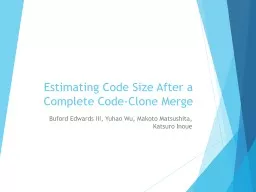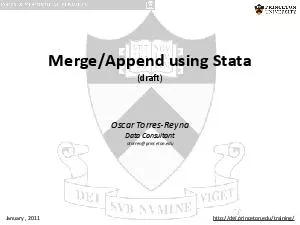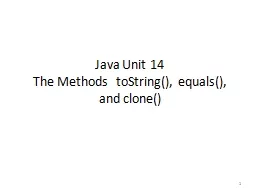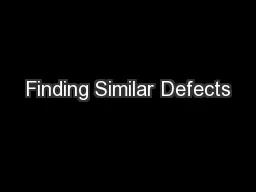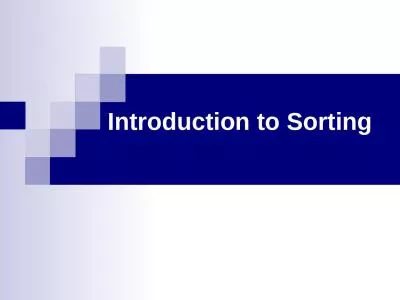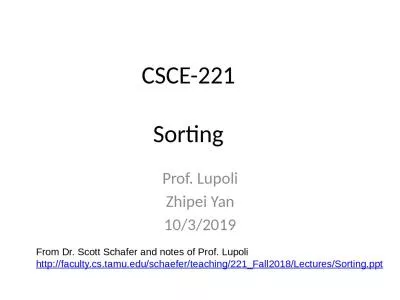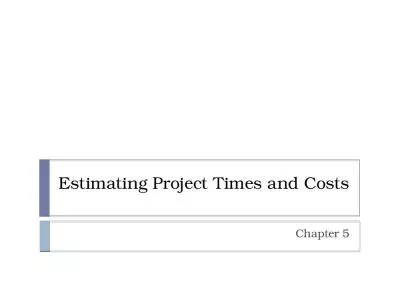PPT-Estimating Code Size After a Complete Code-Clone Merge
Author : ellena-manuel | Published Date : 2017-03-31
Buford Edwards III Yuhao Wu Makoto Matsushita Katsuro Inoue 1 Graduate School of Information Science and Technology Osaka University Outline R eview Code Clones
Presentation Embed Code
Download Presentation
Download Presentation The PPT/PDF document "Estimating Code Size After a Complete Co..." is the property of its rightful owner. Permission is granted to download and print the materials on this website for personal, non-commercial use only, and to display it on your personal computer provided you do not modify the materials and that you retain all copyright notices contained in the materials. By downloading content from our website, you accept the terms of this agreement.
Estimating Code Size After a Complete Code-Clone Merge: Transcript
Download Rules Of Document
"Estimating Code Size After a Complete Code-Clone Merge"The content belongs to its owner. You may download and print it for personal use, without modification, and keep all copyright notices. By downloading, you agree to these terms.
Related Documents

